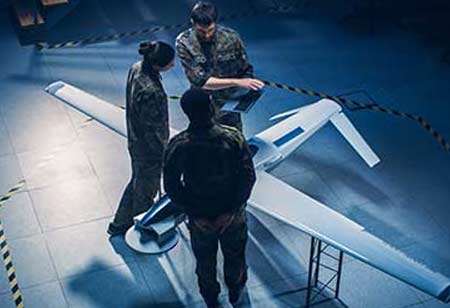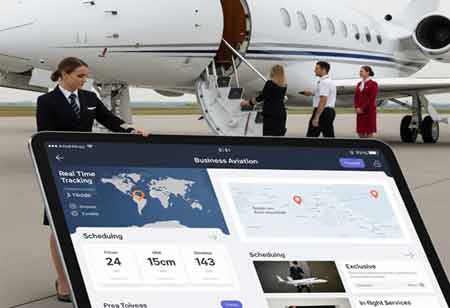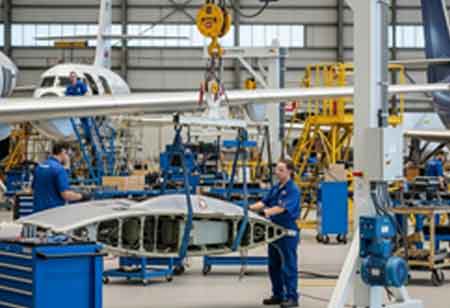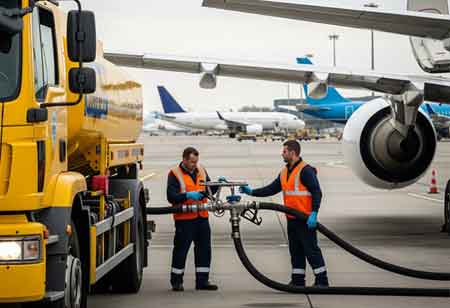FREMONT, CA: The aerospace and defense sectors have always been associated with groundbreaking technology and innovation. Historically, military operations and space exploration demands have propelled advancements in these areas. The fusion of innovations into civilian applications has significantly influenced everyday life.
Cross-industry technological advancements have led to transformative applications across various sectors.
One of the most prominent examples is GPS technology, initially developed by the U.S. Department of Defense. Today, GPS is indispensable in transportation, agriculture, and telecommunications, with millions of civilians relying on it daily for navigation. The internet, which traces its origins to the Defense Advanced Research Projects Agency (DARPA), has evolved into the foundation of modern communication, business, and entertainment. In materials science, lightweight composites initially designed for aerospace applications, such as carbon fiber materials, are now extensively used in automotive manufacturing, consumer electronics, and medical devices. Another significant crossover is drone technology—once limited to military reconnaissance, drones now play a crucial role in filmmaking, agricultural monitoring, and disaster response.
Several emerging trends continue to bridge the gap between defense-driven innovation and civilian applications. Artificial Intelligence (AI) and machine learning are revolutionizing both the aerospace and consumer industries. In aviation, AI is leveraged for predictive maintenance, fuel efficiency optimization, and autonomous flight systems, while in everyday life, AI enhances smart homes, automotive safety, and virtual assistants. Space exploration and commercialization have also transitioned from exclusive government-led initiatives to private enterprises, with companies driving innovation. Their advancements extend beyond space travel, influencing satellite internet services and improving weather forecasting.
Another crucial area is cybersecurity, which was initially developed to protect sensitive defense information. These sophisticated security measures are vital for safeguarding civilian data in finance, healthcare, and communications. Furthermore, the aerospace sector’s commitment to green energy solutions, such as sustainable aviation fuels (SAFs) and electric propulsion, accelerates the transition to cleaner transportation alternatives, including battery-powered vehicles and eco-friendly rail systems. These technological crossovers continue to reshape industries, fostering innovation and sustainability across defense and civilian domains.
Recent developments in hypersonic travel hold potential not just for defense but also for civilian markets. Hypersonic planes could drastically reduce travel time between continents, making rapid global transit a reality. Additionally, satellite miniaturization advancements enable less expensive and more accessible space missions, democratizing access to space data for weather monitoring, resource management, and global connectivity.
Furthermore, the rise of urban air mobility, exemplified by electric vertical take-off and landing (eVTOL) aircraft, promises to revolutionize how people commute within megacities, reducing traffic congestion and lowering emissions through electrified air transport.
The intersection of aerospace and defense technologies with civilian applications has propelled humanity into an age of unprecedented capability and convenience. From everyday navigation to futuristic AI systems, military innovations shape the civilian world. As both industries push forward into new frontiers, such as space and digital ecosystems, a balanced approach focused on ethical considerations and sustainable practices will maximize society's benefits.









